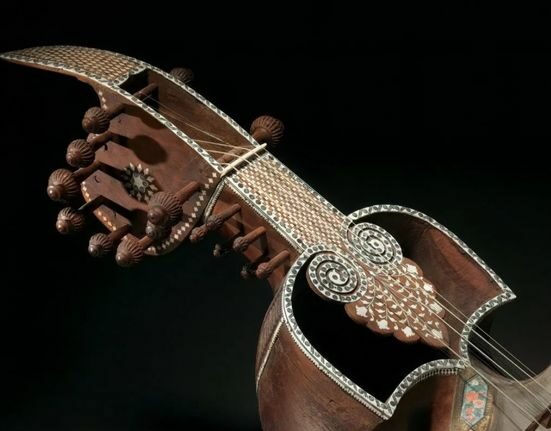An instrument that originated and was once available only in a Swiss shop, is now being made & played by a huge community of players.
We’ve all seen this instrument, watched artists play it and eventually would’ve indulged in a meditative state with its calming frequencies because of its strong healing powers. Ever wondered how they are made, how they combine the rhythmic and melodic sounds, how the culture of Handpan players became famous among music lovers? Let’s find out.
An instrument with a seemingly UFO like structure, Handpans are made out of thin steel sheets. They are moulded to create the two domes with evenly spaced out melody notes on the body of it. They are hammered up and down to loosen and fine tune the tones; most of it on the upper half and a few (in some cases) in the lower half. The choice of notes or scale depends on the feel that the maker wants to emote. Be it 3 or 7 or 10 notes, they are always harmonically in sync with each other, and hence any note you play, it musically makes complete sense. Interestingly, the sound and the structure of the Handpan takes inspirations from the Chinese bells and gongs and the Indian Ghatam, which is evident in its structure.
The growth, popularity and the awareness of the Handpan is quite a journey in itself. It was invented by two Swiss artists in a shop, where they were the only makers of Handpan in the world. By the end of the day, their initiative took off so strongly that they couldn’t answer all of the requests and to address it, they made a decision to accept hand-written letters of customers wherein a few would be selected and they’d have to visit the store, look at the Handpans of their choice, live and play there for about 2-3 days and purchase the right Handpan.
“The handpan had come into existence since 2001 and people had just begun to know about it. Even until 2012-13, there were just a handful of players from around the world. The year 2014 saw the explosion of the number of players, an instrument that once had about a handful of players, now had a massive community of more than tens of thousands of people from around the world.” said the Delhi based, handpan exponent and maker, Abhinav Deodhar.
The scope is huge. When it comes to instruments like Handpans, as it doesn’t come from an existing generation of players or traditions, makers have been trying out new innovations in it. Every maker has his/her way of crafting it. Abhinav truly believes that it’s the skill, science and the art that’s required to make Handpans, and it could take months and years together to finally be proficient in making one! “It’s interesting to see how the makers are experimenting in different directions, be it 9, 8 or just 1 note, or making a chromatic handpan ranging upto 20 notes, it’s wonderful to see the maker community try out new structures and developments.” he added.
If you’d like to know about the unique and versatile forms and flavours of music,
Log on to www.beatcurry.com, subscribe and never miss another update from us.







